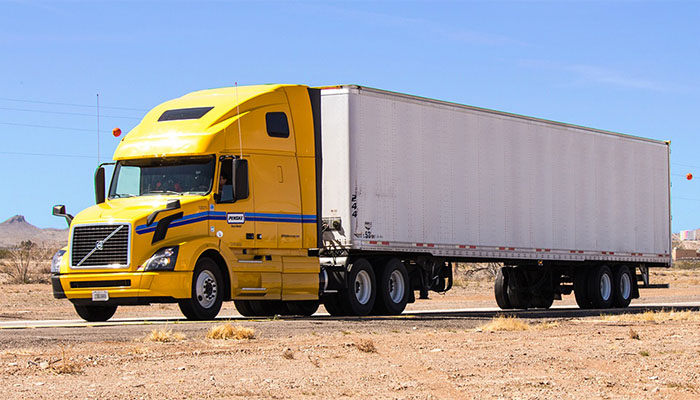Pallet dimensioners represent a significant capital investment for less-than-truckload carriers looking to bring automated freight measuring into the fold. Even when you consider that dimensioners have come down in price across the board by as much as 60-70% in the last few years, according to a CarrierDirect whitepaper published in 2016, you’re still looking at spending thousands on just one unit. Even our FS 5000 pallet dimensioner, which can be had for roughly a third of the cost of other dimensioners in its class, warrants thoughtful consideration before purchase.
With that in mind, this article will look at the potential return carriers can see when they invest in automated dimensioning equipment of their own.
Additional Revenue on Under-Classed Freight
Millions of shipments flow through less-than-truckload carrier docks each year. And of those, between 20-30% show dimensional exceptions, based on data provided by our carrier clients. What’s more, is that on average, roughly a third of these exceptions can be justly reclassified, meaning that carriers can see additional revenue on between 6-9% of all the freight they measure.
So, let’s say for example that a carrier handles 5,000,000 shipments per year, taking in an average revenue of $225.00 per shipment. Given that carriers can expect to see an additional revenue of 8-12% per re-classed shipment, based on our figures, they’re looking at an additional $18-$27 made per re-class. Multiplying those figures by 6-9% of 5,000,000 (the total number of shipments) and we see that the carrier can expect to make an additional revenue between $5,400,000-$8,100,000 on the low end to $8,100,000-$12,150,000 on the high end. That’s a significant source of previously unrealized revenue no matter how you look at it.
Maximize Your Return by Maximizing Throughput
Pallet dimensioners can measure individual pallets in just a few seconds. Yet despite this speed, we’ve seen that one unit installed alone on a cross dock can only measure about 10% of all available freight due to the tight operating windows carriers work in. At a certain point, traffic to and from the dimensioner becomes congested and efficiency begins to wane.
To solve this issue, carriers have taken to installing multiple units across their docks, which decreases congestion and allows them to measure a higher volume of their total available freight.
In some cases, after second and third units have been installed, we’ve not only seen a bump in the total number of shipments measured, but also an improvement in the efficiency of each dimensioner. So, if your goal is to measure a minimum of 20-30% of your freight (the average percentage of shipments showing dimensional exceptions), it would be prudent to look at outfitting your facilities with multiple units.
The Impact on Shippers
Freight audits and billing disputes are costly for all parties. Carriers would rather spend less time inspecting freight and processing rebills, and shippers would be happier if audits could be avoided altogether. Dimensioners, when used by both shippers and carriers, foster greater transparency between parties as the measurements and the condition of each shipment can be agreed upon from the beginning of any negotiation.
Additionally, as carriers increase the use of dimensioners in their operations, shippers will inevitably develop new ways to reduce the dimensional footprint of their freight by improving packaging techniques and/or looking for more efficient ways to ship their goods. These innovations will help streamline the shipping process from origin to destination and serve to lower shipping and exception management costs for all parties involved.
For more articles like this, subscribe to our newsletter!
Was this article helpful?
Michael Eichenberg is the co-founder and CEO of FreightSnap, allowing the supply chain, logistics, manufacturing, distribution and transportation industries to measure, weigh, photograph and ID pallets and parcels in just seconds. Learn more and share your ideas on Facebook and LinkedIn.

